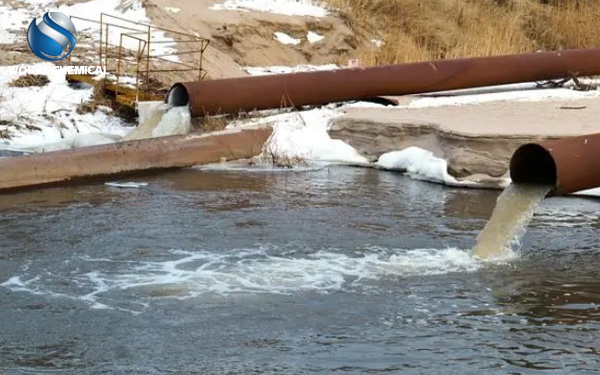
When selecting a suitable sludge conditioner for a sewage treatment plant, it is necessary to consider a number of factors, including the nature of the sludge, treatment process, cost effectiveness and environmental protection requirements. Here are some specific options:

First, consider the nature of the sludge
Moisture content and solid content: the moisture content and solid content of the sludge directly affect the selection and dosage of the sludge conditioner. In general, sludge with high moisture content requires the selection of a sludge conditioner that can significantly improve the dewatering performance.
Organic matter content: Sludge with high organic matter content may be more suitable for the use of biological sludge conditioners or organic polymer sludge conditioners, which can decompose or adsorb organic matter more effectively and improve the dewatering performance of the sludge.
pH value: The pH value of the sludge has a significant impact on the effectiveness of the sludge conditioner. Different sludge conditioners have different adaptability to pH value, so the pH range of sludge needs to be considered when selecting sludge conditioners.
Second, consider the treatment process
Dehydration method: Different dehydration methods (such as plate and frame press filtration, centrifugal dehydration, belt press filtration, etc.) have different requirements for sludge conditioner. For example, when using a centrifugal dehydrator and a belt filter press to dehydrate the sludge, organic sludge conditioner can be considered, because the flocs formed are thick but low in strength, which is suitable for this type of dehydration.
Treatment scale: Treatment of large scale wastewater treatment plants may need to choose a lower cost and more stable sludge conditioner to reduce overall operating costs.
3. Consider cost-effectiveness
Agent cost: The price of different sludge conditioners varies greatly, and it is necessary to consider cost factors such as agent cost, power, manpower, equipment corrosion, transportation, sludge disposal, filter cloth loss, and production efficiency.
Treatment effect: under the premise of ensuring the treatment effect, the sludge conditioner with lower cost is selected. The treatment effect and economy of different sludge conditioners can be evaluated through multiple sets of comparative experiments.
4. Consider environmental requirements
Secondary pollution: Choose environmentally friendly, non-secondary pollution sludge conditioner to reduce the impact on the environment. For example, a bio-sludge conditioner is an environmentally friendly sludge treatment technology that uses microorganisms to break down organic matter in the sludge and reduce the risk of secondary pollution.
Discharge standards: Select the appropriate sludge conditioner according to local environmental regulations and discharge standards. Ensure that the treated sludge and effluent can meet discharge standards.
5. Specific selection suggestions
Inorganic conditioner: such as lime, aluminum hydroxide, iron hydroxide and so on. These sludge conditioners have low cost and good dewatering effect, but the addition amount is large, which may lead to an increase in the amount of sludge after treatment. Suitable for sewage treatment plants with high cost requirements.
Organic conditioner: such as cationic polyacrylamide (CPAM), anionic polyacrylamide (APAM), etc. The addition amount of these sludge conditioners is small, and the dewatering effect of the sludge is significantly improved, but the cost is relatively high. It is suitable for sewage treatment plants with high requirements for treatment effect.
Combined conditioner: inorganic conditioner and organic conditioner are used in combination to give full play to their respective advantages. The combined sludge conditioner can not only reduce the cost of sludge treatment, but also improve the sludge dewatering effect.
Biological conditioner: The use of microorganisms to decompose organic matter in the sludge to improve the dewatering performance of the sludge. The biological conditioner is environmentally friendly and has no secondary pollution, but the treatment time is longer, and it is suitable for scenes with more biological treatment processes.
In short, when selecting the appropriate sludge conditioner for sewage treatment plants, it is necessary to comprehensively consider many factors such as sludge properties, treatment processes, cost effectiveness and environmental protection requirements, and to conduct multiple groups of comparative experiments to evaluate the effect and economy of different conditioners. Finally choose the most suitable for their own needs of the sludge conditioner.